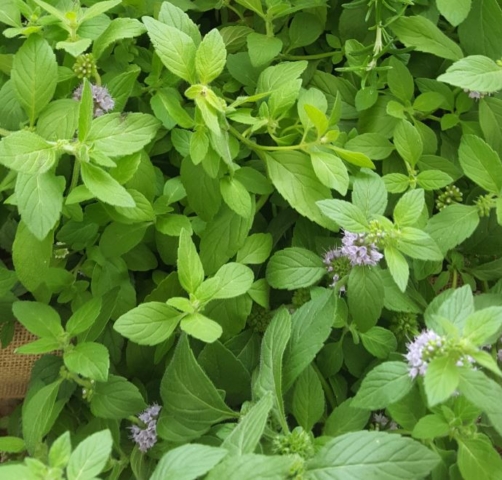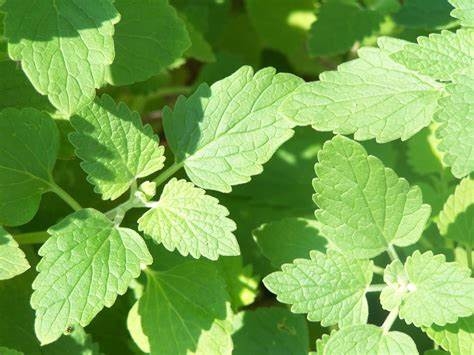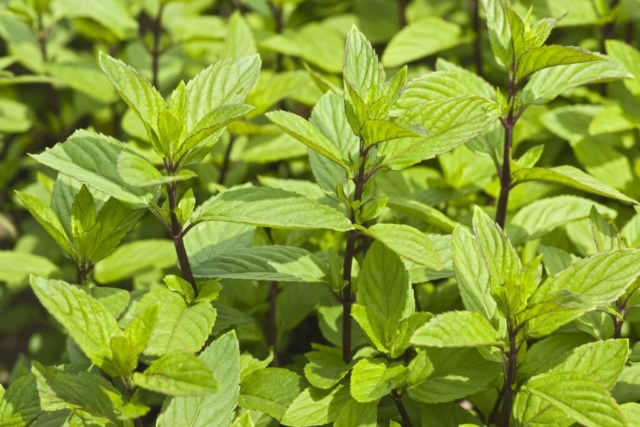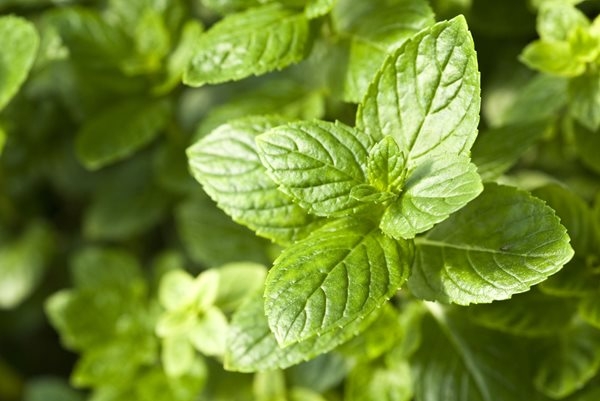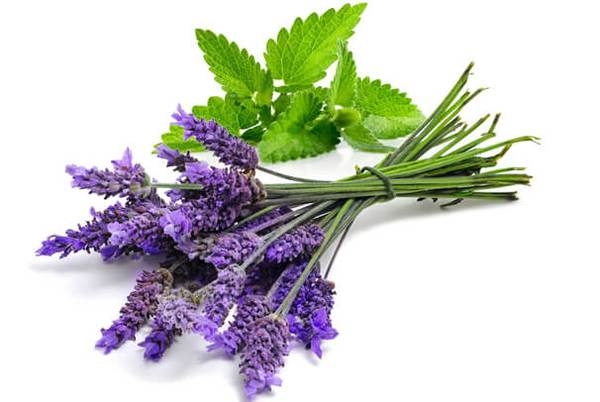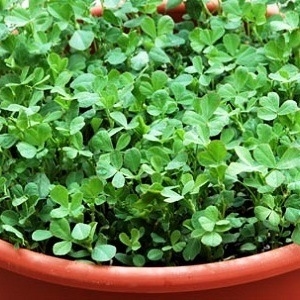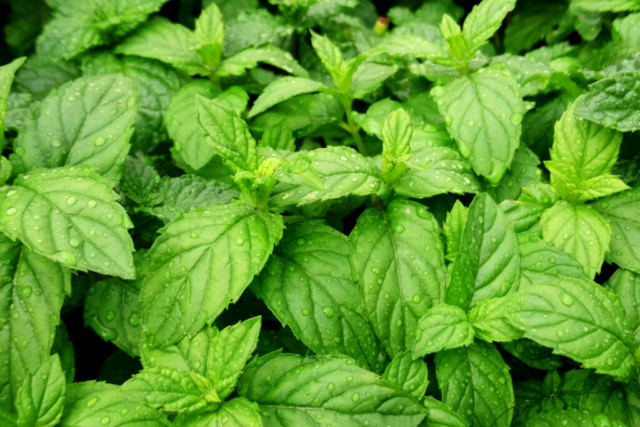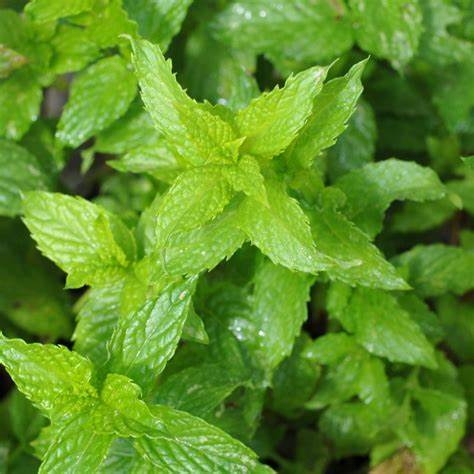If I say to grow mint, you think spearmint. It is the most common, however, there are many other types of mints to grow in your kitchen garden. Here is a list:
- Banana mint with the smell and taste of bananas.
- I have grown chocolate mint which has the smell of chocolate. Bright green leaves with reddish stems.
- English mint has a sweet, strong flavor.
- Apple mint which is also called pineapple mint with an after taste of apple.
- Lavender mint is more ornamental than flavor in its use. The purple flowers look and smell like lavender.
- Spearmint is the most common mint. Also called lamb mint because it is used in lamb and potatoes dishes.
- Pennyroyal mint is known in the Roman Empire. It is a creeper so can be grown in hanging baskets.
- Corsican mint native to Corsica has small round leaves and fragrant flowers. It was grown next to other vegetables to enhance their flavor. It is used in the drink crème de menthe.
- Orange or bergamot mint has a citrus-flavored leaf.
- Catnip is preferred by the local cat because of the compound nepetalactone which causes many cats to go crazy.
There are over 7500 varieties of mint in the family Lamiaceae. Easy to grow, however, it can be invasive if not controlled. Easy to grow on the kitchen windowsill to use fresh in your cooking. Outside it prefers sun but can be grown in part shade. It likes to be moist.

